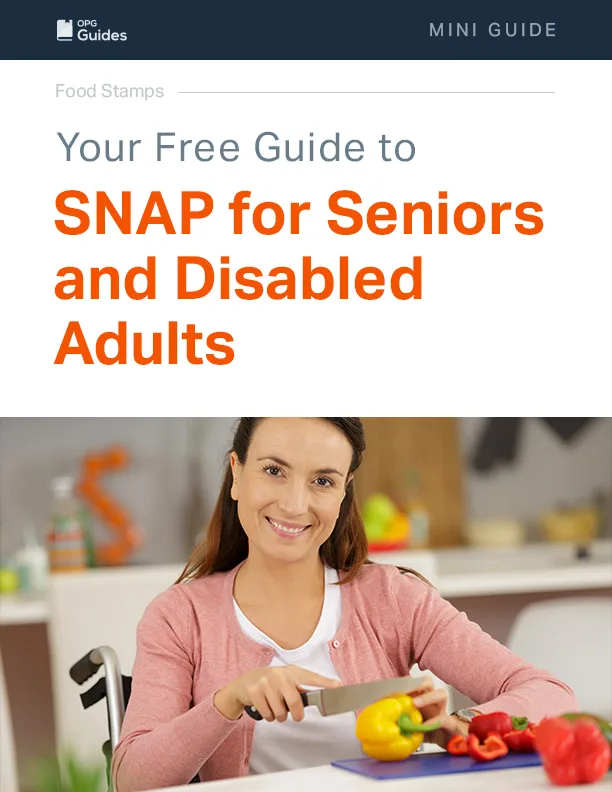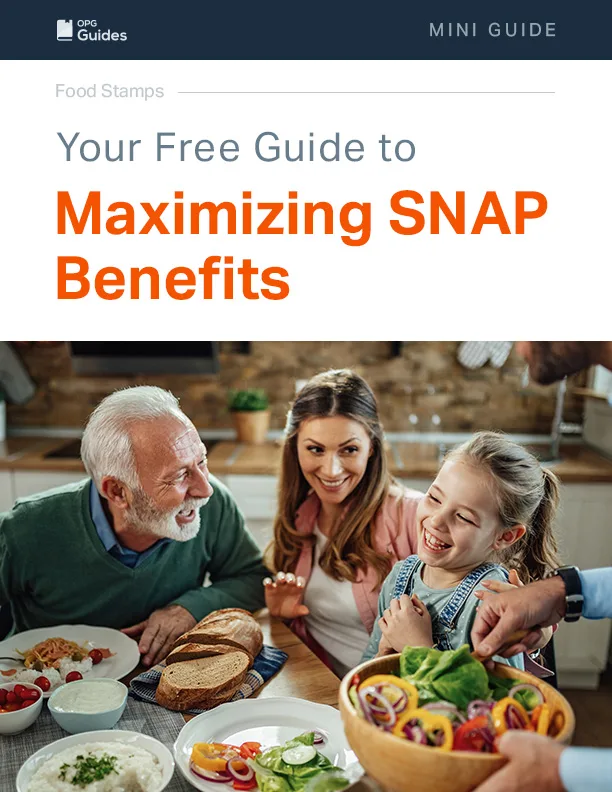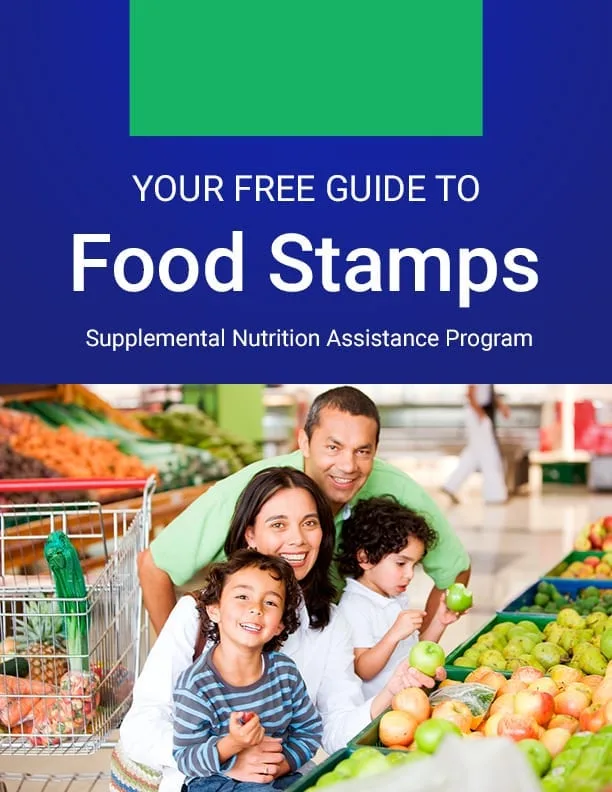Your Guide to Free School Meals
Your Guide to Free School Meals
We are privately owned and not affiliated with the government in any way or form.

Introduction to Free School Meals
As a parent, it can be difficult to provide your children with the nutrition they need while staying within your budget. However, there are various free and reduced-price school meal programs that may be able to help you give your kids the healthy meals they need without breaking the bank.
These programs, some of which are administered by the federal or state governments, offer nutritious food options and may even include snacks for students who qualify. Usually, families must be considered “low income” in order to participate in these programs.
Whether you’re looking for assistance during certain times of year or year-round support, there may be resources available to help meet your family’s needs.
Recent Developments: Potential Impacts From ‘Big, Beautiful Bill’
A new federal law—often referred to as the “big beautiful bill”—makes sweeping changes to the Supplemental Nutrition Assistance Program (SNAP), which could directly affect children who rely on free or reduced-price school meals.
The law aims to cut overall SNAP spending by tightening work requirements, expanding who must meet them, and penalizing states with high administrative error rates. These changes are expected to reduce or eliminate food assistance for over 22 million households, according to an article from CNBC.
One major concern is that families may lose benefits not just because of stricter rules, but also due to paperwork issues or misreported work hours, even if they still meet the basic income requirements. Experts warn that millions of working families could see cuts averaging $25 to $108 per month, and many more could lose benefits entirely.
This matters for students because SNAP enrollment is often used to automatically qualify children for free or reduced-price meals at school and for summer EBT food benefits. If a child’s family loses SNAP—whether due to new eligibility rules or an administrative mistake—they may also lose access to these essential nutrition programs.
Even if the family’s financial need hasn’t changed, falling off SNAP can break the link that provides kids with school meals, leading to gaps in nutrition and added stress for households already struggling to get by.
National School Lunch Program (NSLP)

The National School Lunch Program (NSLP) is a federal program that provides nutritionally balanced, low-cost or free lunches to children who are enrolled in public and nonprofit schools.
The NSLP was established in 1946 as part of the National School Lunch Act and has since served millions of American children through publicly funded meal programs.
It is administered by the United States Department of Agriculture (USDA) and is available in all 50 states. The program is open to any child enrolled in a participating public or nonprofit school who meets the income criteria.
The NSLP provides a variety of nutritious food options, including:
- Fruits.
- Vegetables.
- Protein-rich entrees.
- Grains.
The goal of the program is to ensure that children receive the daily recommended dietary allowances for healthy physical and mental development. Participating schools must meet certain nutritional standards, ensuring that all meals are balanced and respect cultural preferences.
Typically, the menu includes options like:
- Sandwiches.
- Salads.
- Wraps.
- Yogurt parfaits.
- Other grab-and-go meals.
Some schools may also provide snacks for students who qualify for the program.
The program is available to children who are enrolled in a participating public or nonprofit school whose family qualifies based on income. To be eligible for free or reduced-price lunches, families must meet certain income requirements set by the USDA. These income requirements vary depending on the state and the size of the household.
To find out if your school participates in the NSLP, contact the local school district or state department of education for more information. You can view the 2025-2026 income limits established by the USDA to see if your family might qualify. These figures are valid until June 30th, 2026.
Access the income tables here: https://www.federalregister.gov/documents/2025/03/13/2025-03821/child-nutrition-programs-income-eligibility-guidelines#p-15
Typically, families whose income is at or below 130% of the poverty line may qualify for free meals, while families whose income is at or below 185% may qualify for reduced-price meals. Income eligibility is based on a variety of factors, including family size and wages earned.
If you think your family may qualify for the National School Lunch Program, contact your local school district or state education agency to learn more about the program and find out if there are any applications available in your area. They can typically provide you with more information on eligibility requirements and any applications that may be available.
In addition to offering free and low-cost lunches at school, the NSLP also provides meals for qualifying students who attend after-school programs or receive care from childcare centers. It even offers free breakfast options in some areas.
Additionally, free school meal programs can be subject to changes in funding or other restrictions, so it’s important to stay up to date with the latest news. Despite this, these programs can be a great way for parents to ensure that their children have access to nutritious meals without overburdening their budget.
School Breakfast Program
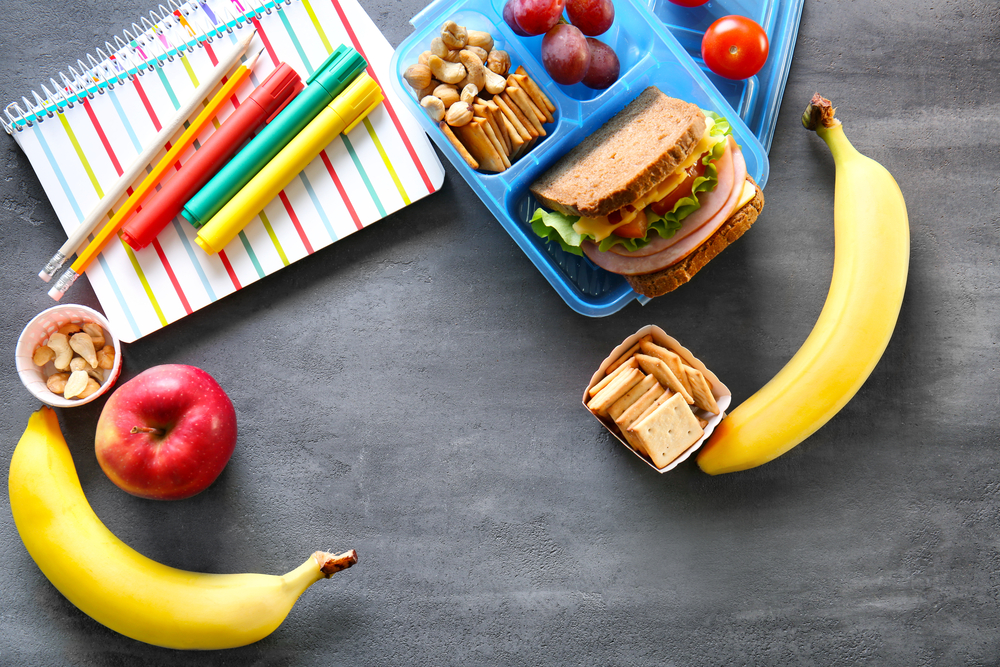
The School Breakfast Program (SBP) is a federal program that provides nutritionally balanced, low-cost or free breakfast meals to children in public and nonprofit private schools. The SBP was established in 1966 as part of the Child Nutrition Act and has since served millions of American children through publicly funded meal programs.
It is administered by the United States Department of Agriculture (USDA) and is available in all 50 states. To be eligible for free or reduced-price breakfasts, families must meet certain income requirements set by the USDA.
Families with incomes at or below 130% of the poverty line may qualify for free breakfast, while families whose income is at or below 185% may qualify for reduced-priced breakfast. You can view the 2025-2026 income limits established by the USDA to see if your family might qualify. These figures are valid until June 30th, 2026.
Access the income tables here: https://www.federalregister.gov/documents/2025/03/13/2025-03821/child-nutrition-programs-income-eligibility-guidelines#p-15
Similar to the National School Lunch Program (NSLP), the goal of the School Breakfast Program (SBP) is to ensure that children receive nutritious meals every day to support their physical and mental development.
Participating schools must meet certain nutritional standards outlined by the USDA, ensuring that all meals are balanced with variety and respect cultural preferences. Meals typically include options such as:
- Cereal.
- Yogurt parfaits.
- Oatmeal bowls.
- Omelets on toast.
- French toast sticks.
In addition to qualifying for free or reduced-price meals based on income level, some students may also be “categorically eligible” for the School Breakfast Program (SBP). Categorical eligibility was established by the USDA under the Child Nutrition Act and allows certain groups of students to receive free meals without having to meet certain income guidelines.
These groups of students include those who are:
- Homeless.
- Runaways.
- In foster care.
- Receiving certain types of public assistance.
Also, some children belonging to families who receive other types of financial assistance may qualify. This includes those enrolled in the following programs:
- Supplemental Nutrition Assistance Program (SNAP)
- Temporary Assistance for Needy Families (TANF)
- Special Supplemental Nutrition Program for Women, Infants and Children (WIC)
If you think that your family may qualify, contact your local school district or state education agency to find out more about eligibility requirements and any applications that may be available.
The BackPack Program

The BackPack program is a charity initiative that provides nutritionally balanced meals to children in need. This program was established to combat food insecurity and provide food to children who may not have access to good nutrition due to poverty or other difficult circumstances.
The BackPack program supplies participating schools and community centers with backpacks full of nutritionally balanced, child friendly food for children to take home on weekends and other school holidays.
Meals typically include nutritious items such as:
- Ready-to-eat cereal.
- Canned fruits and vegetables.
- Soups.
- Peanut butter.
- Snacks.
- Juice boxes.
The BackPack program also promotes education by providing healthy recipes along with the food items. Schools are encouraged to partner with local organizations and businesses in order to make this program possible.
The BackPack program is available in all 50 states, with nearly 18 million backpacks given out each year.
Requirements for the BackPack program vary from state to state, but most programs are based on income level and/or eligibility for other federal nutrition assistance programs such as the School Breakfast Program (SBP).
To find out more about the BackPack program in your area, contact your local school district or state education agency. You can also search for a BackPack program by inputting your zip code into the BackPack Program website here: https://www.feedingamerica.org/our-work/hunger-relief-programs/backpack-program
School Pantry Program
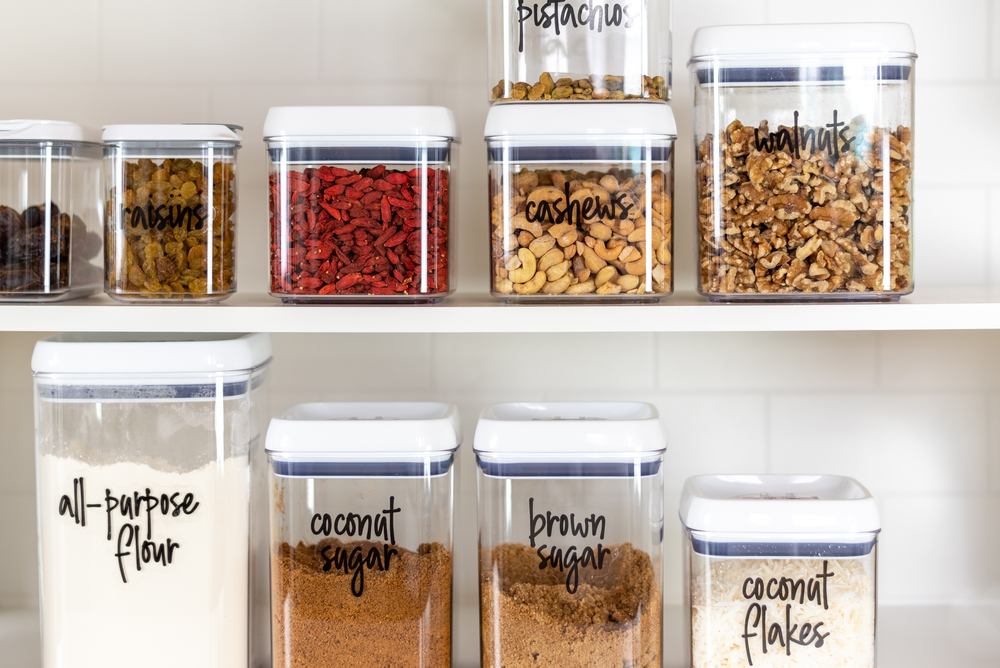
The School Pantry Program is an initiative that provides supplemental food supplies to families in need. It was established to help combat food insecurity and ensure that families have access to nutritious meals, especially in times of hardship.
The School Pantry Program works by providing participating schools with pantries full of healthy, nutritious food items for families. Items typically include:
- Canned fruits and vegetables.
- Packaged grains.
- Protein-packed snacks.
- Shelf-stable milk.
- Fresh produce.
These pantries are available to families with children enrolled at the participating school or those attending nearby schools in the district.
In addition to providing food items, some School Pantry Programs also offer nutrition education workshops which are designed to help families learn about healthy eating and make the most of available resources. To find out more about the School Pantry Program in your area, contact your local school district or state education agency.
Community Eligibility Provision (CEP)

The Community Eligibility Provision (CEP) is an option for schools and local educational agencies that allows them to offer free meals to all students without collecting individual applications for free or reduced-price meals. This program was established by the USDA as part of the Healthy, Hunger-Free Kids Act of 2010 and is available in all 50 states.
In order to be eligible, a school or local educational agency must meet certain criteria including having a high percentage of students that are directly certified through programs such as SNAP or TANF, or have a high enough rate of students deemed “categorically eligible” for free meals.
Summer EBT Program
When school is out, SUN Bucks can help families keep food on the table. Officially known as Summer EBT, this program gives families $120 in grocery benefits per eligible school-aged child to use during the summer months—when school meals aren’t available.
You can use SUN Bucks at authorized grocery stores and retailers, just like you would with SNAP. It’s available in the following participating states, Tribes, and U.S. territories, and goes by a few different names depending on where you live:
- Alabama
- American Samoa
- Arizona
- Arkansas
- California
- Cherokee Nation
- Chickasaw Nation
- Choctaw Nation of Oklahoma
- Colorado
- Connecticut
- Delaware
- District of Columbia
- Guam
- Hawaii
- Illinois
- Kansas
- Kentucky
- Louisiana
- Maine
- Maryland
- Massachusetts
- Michigan
- Minnesota
- Missouri
- Montana
- Muscogee Creek Nation
- Nebraska
- Nevada
- New Jersey
- New Mexico
- New York
- North Carolina
- North Dakota
- Northern Mariana Islands
- Ohio
- Oregon
- Otoe-Missouria Tribe
- Pennsylvania
- Utah
- Vermont
- Virginia
- Washington
- West Virginia
- Wisconsin
SUN Bucks can be added on top of other food programs like SNAP, WIC, and even free summer meal sites or grab-and-go SUN Meals in some rural areas.
Who Can Get SUN Bucks?
Your child may automatically get SUN Bucks if your household already receives:
- SNAP
- TANF
- FDPIR
- Or if your child gets free or reduced-price meals at a school that participates in the National School Lunch Program or School Breakfast Program.
If you’re not automatically enrolled, you may still qualify. You’ll need to meet income guidelines and apply through your state’s Summer EBT agency.
How SUN Bucks Are Sent
Once approved, benefits are either:
- Added to an existing SNAP EBT card
- Sent on a separate EBT card
- Or delivered in another way depending on how your state, Tribe, or territory runs the program
What Can SUN Bucks Buy?
You can use SUN Bucks to purchase the same kinds of foods you would purchase using SNAP benefits. So, things like fruits and vegetables, meat, poultry, fish, cereal, bread, and other snack foods are approved.
You can’t use SUN Bucks to buy hot or prepared foods. You also cannot use them to purchase cleaning supplies, household products, medicine, personal care products, or alcohol.



